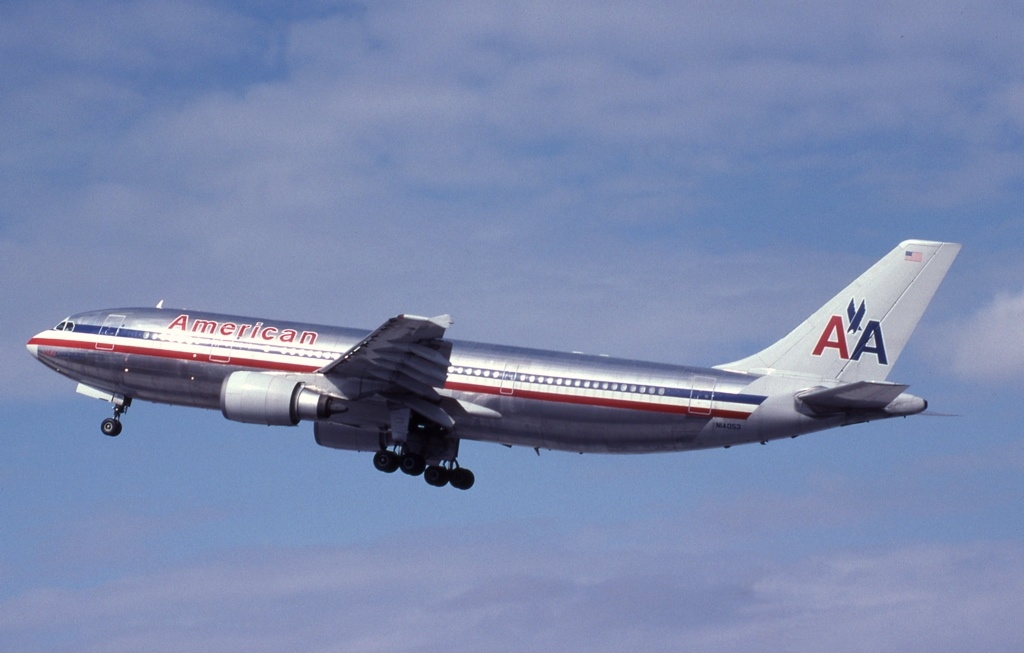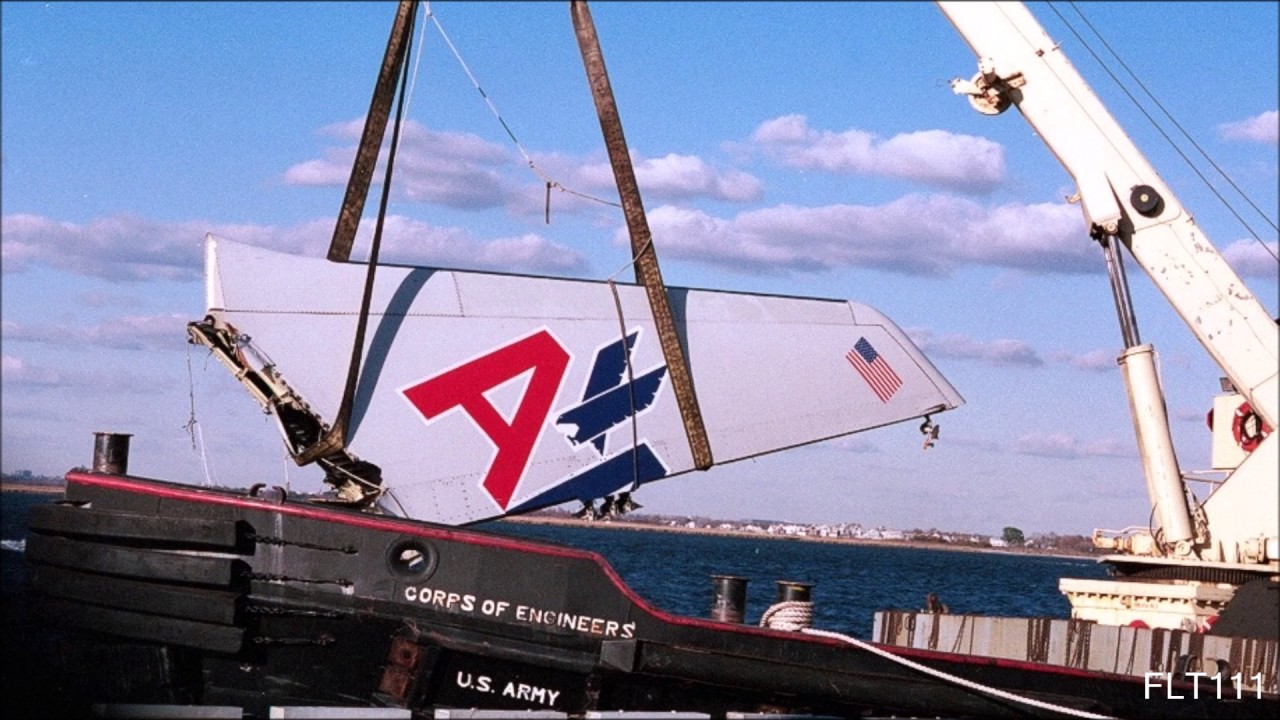12 November 2001 - American Airlines 587
On November 12, 2001, about 09:16 eastern standard time, American Airlines flight 587, an Airbus Industry A300-605R , N14053, crashed into Belle Harbor, a New York City residential area, shortly after takeoff from John F. Kennedy International Airport, New York. Flight 587 was a regularly scheduled passenger flight to Las Américas International Airport, Santo Domingo, Dominican Republic, with 2 flight crew members, seven flight attendants, and 251 passengers aboard the plane. Ed States served as the captain, and Sten Molin served as the first officer.

The plane's vertical stabilizer and rudder separated in flight and fell into Jamaica Bay, about 1 mile north of the main wreckage site. The plane's engines subsequently separated in flight and fell several blocks north and east of the main wreckage site. All 260 people aboard the plane and 5 people on the ground died, and the impact forces and a post-crash fire destroyed the plane. Flight 587 operated under the provisions of 14 Code of Federal Regulations Part 121 on an instrument flight rules flight plan. Visual meteorological conditions (VMC) prevailed at the time of the accident.
The A300-600, which took off minutes after a Japan Airlines Boeing 747 on the same runway, flew into the larger jet's wake, an area of turbulent air. The first officer attempted to keep the plane upright with aggressive rudder inputs. The strength of the air flowing against the moving rudder stressed the aircraft's vertical stabilizer and eventually snapped it off entirely, causing the aircraft to lose control and crash. The National Transportation Safety Board (NTSB) concluded that the enormous stress on the rudder was due to the first officer's "unnecessary and excessive" rudder inputs, and not the wake turbulence caused by the 747. The NTSB further stated "if the first officer had stopped making additional inputs, the aircraft would have stabilized". Contributing to these rudder pedal inputs were characteristics of the Airbus A300-600 sensitive rudder system design and elements of the American Airlines Advanced Aircraft Maneuvering Training Program.

Investigators were concerned in regard to the manner in which the vertical stabilizer separated. The vertical stabilizer is connected to the fuselage with six attaching points. Each point has two sets of attachment lugs, one made of composite material, another of aluminum, all connected by a titanium bolt; damage analysis showed that the bolts and aluminum lugs were intact, but not the composite lugs. This, coupled with two events earlier in the life of the aircraft, namely delamination in part of the vertical stabilizer prior to its delivery from the manufacturer and an encounter with heavy turbulence in 1994, caused investigators to examine the use of composites. The possibility that the composite materials might not be as strong as previously supposed was a cause of concern because they are used in other areas of the plane, including the engine mounting and the wings. Tests carried out on the vertical stabilizers from the accident aircraft, and from another similar aircraft, found that the strength of the composite material had not been compromised, and the NTSB concluded that the material had failed because it had been stressed beyond its design limit, despite ten previous recorded incidents where A300 tail fins had been stressed beyond their design limitation in which none resulted in the separation of the vertical stabilizer in-flight.
The official NTSB report of October 26, 2004 stated that the cause of the crash was the overuse of the rudder to counter wake turbulence.
Download the Cockpit Voice Recorder Transcript


